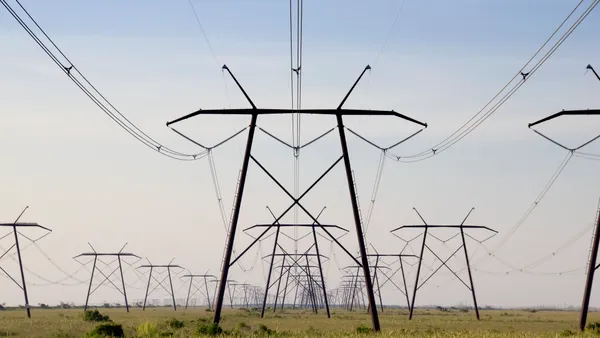Hollywood couldn’t write a better script. The energy transition, having had more plot turns than can be counted, seems poised for climax thanks in no small part to a $369 billion investment from the Inflation Recovery Act (IRA). Advanced meters that support edge computing and distributed intelligence, like Landis+Gyr’s Revelo or Itron’s Riva, are more than just supporting characters. These next-generation meters are foundational. For the first time ever, energy consumers and the technology providers that serve them have access to real-time energy data that can help customers make their homes smarter and more efficient.
Why then are some regulators contemplating a pause to the story?
The shadow of the first generation of smart meters must shoulder some blame. These meters came to market with many promises to help unlock data and insights for consumers and improve reliability, but went largely unfulfilled. It is no wonder that regulators want to make sure that this time around consumers see a return on their investment.
The underlying architecture of first-generation meters was fundamentally flawed. The inherent latency of the networks to which they were connected made them unable to support the advanced functionality needed for growing distributed energy resources (DERs). Regulators no doubt want to make sure that what they approve next can address not only DERs but also the level of orchestration needed as utilities scale renewable energy, storage, and new demand from home and transportation electrification.
The good news is that next-generation meters are starkly different from their predecessors and ready for deployment. To support a wide range of consumer- and grid-facing applications, these meters can do the following:
- Run applications directly on the meter (vs. just sending data to utilities or service providers)
- Access thousands of samples per second to support real-time load disaggregation and detailed grid analytics
- Leverage AI and run machine learning for a wide range of consumer and grid-facing use cases
- Support real-time applications by accessing high bandwidth and low latency networking such as cellular or home WiFi
Next-generation meters have another key difference from their predecessors: they support over-the-air-upgrades. This is critical at a time when innovation is happening fast and future use cases are still being defined.
Even better, these improvements have taken place without significant cost increases and are field-tested and proven. Sense, one of many applications that can be supported by this platform, gives consumers unprecedented real-time home intelligence through a simple-to-use mobile app, providing immediate value where these meters are deployed.
So again, why are some regulators hesitating to move forward? To understand this, we have to look at new twists from recent players entering the industry.
It has recently been proposed that the industry should wait for even more processing on the meter, in particular experimenting with chips initially developed for the gaming industry (GPUs). While there will always be next-generation hardware capabilities that the industry should take advantage of, there is no reason to delay meter choices or rollouts based on this. As energy prices soar, the clean energy transition begins in earnest, and climate change takes hold, we cannot let perfect become the enemy of good; we cannot afford to wait.
There is also a financial consideration. While it is true that chips enabled with this technology would dramatically increase processing, they are far more expensive than current solutions. Further, the “innovation” that they tout does not inherently position them to receive Infrastructure Investment and Jobs Act (IIJA) funding. Consumers are already facing increased energy costs and further burdening rates should be questioned. If the U.S. is to be successful in our goals for equitable decarbonization, it's in our best interest to accelerate with the proven technology that is available today.
New players have also argued that there is a need to separate the procurement of application platforms from the meters themselves. These new chips and the platforms they run still need to find their way into meters. This is a very different process than the current practice of utilities procuring a bundled solution of meter hardware plus the new application platforms they support. After all, you don’t buy a smartphone and then decide whether you want it to be Android or iOS.
While this could create some new market dynamics, this new process would inevitably result in meter rollout delays measured by years, not months. Utilities have only just begun to install meters that enable third party applications. These took years to make it to market, not because of the development timeline, but because of the timing related to AMI orders and rate cases. Now imagine doing this twice, at significantly higher cost, with little understanding of how these new chips will fit into meters and utility operations.
Regulators have a big role to play in how this story will end. They must understand the nuances between first and next generation smart meter technology and ensure that utilities halt the deployment of traditional meters that can’t meet the needs of consumers or the grid. They must deploy new, proven technologies that can be scaled quickly and affordably. And they must act now.










